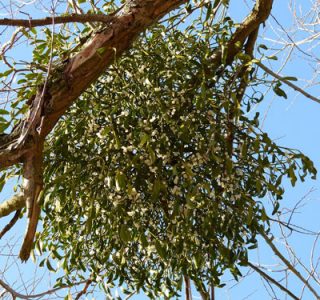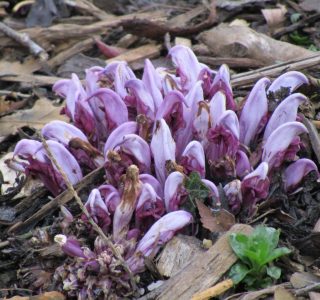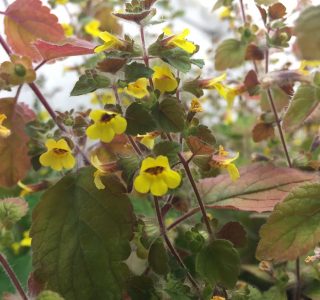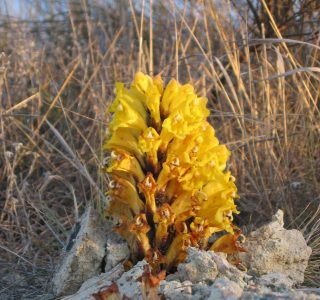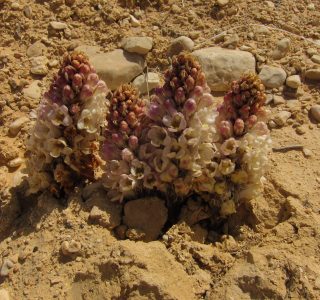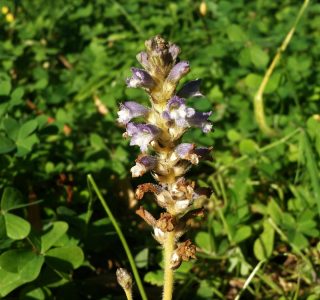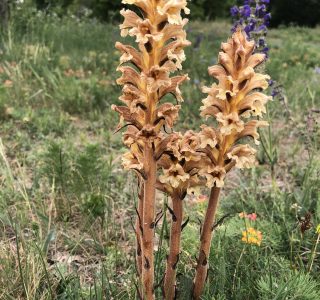"Can we expect increasing parasitic weed infestations in European arable farms?" by Jonne Rodenburg
Preview: Weeds are a major challenge in arable farming, vegetable, and fruit production. With increasing restrictions on…
Source:
#parasiticplants

Can we expect increasing parasitic weed infestations in European arable farms? - International...
Weeds are a major challenge in arable farming, vegetable, and fruit production. With increasing restrictions on herbic...
www.parasiticplants.org
Get ready for some festive parasites! On April 2nd at 1 GMT, our IPPS online seminars are all about mistletoes - one of nature's most iconic parasitic plants. Follow the link to find out more:

IPPS Online Seminar on April 2nd, 2025, by Francisco Fontúrbel and Yun-Bing Zhang - International...
First talk: Dr. Francisco Fontúrbel from the Pontificia Universidad Catolica de Valparaiso in Chile will talk about: ...
www.parasiticplants.org
"Striga hermonthica induces lignin deposition at the root tip to facilitate prehaustorium formation and obligate parasitism" by Songkui Cui
Preview: Parasitic plants initiate haustorium formation—a critical step in p…
Source:
#parasiticplants

Striga hermonthica induces lignin deposition at the root tip to facilitate prehaustorium formation...
Parasitic plants initiate haustorium formation—a critical step in parasitism and nutrient acquisition—by recognizing hau...
www.parasiticplants.org





